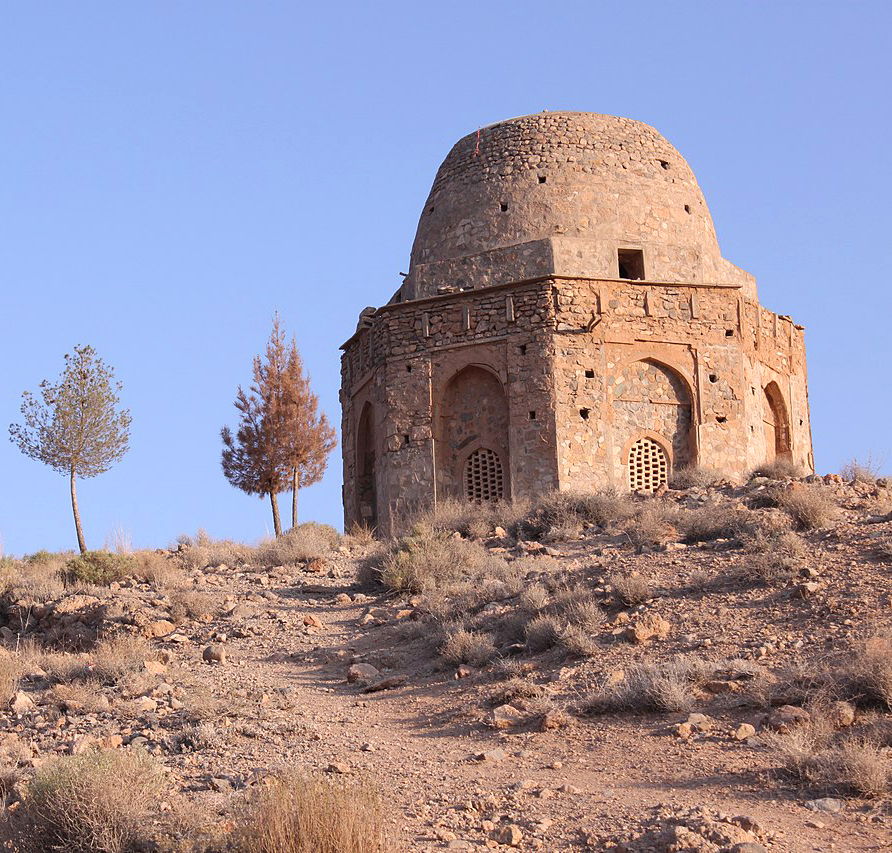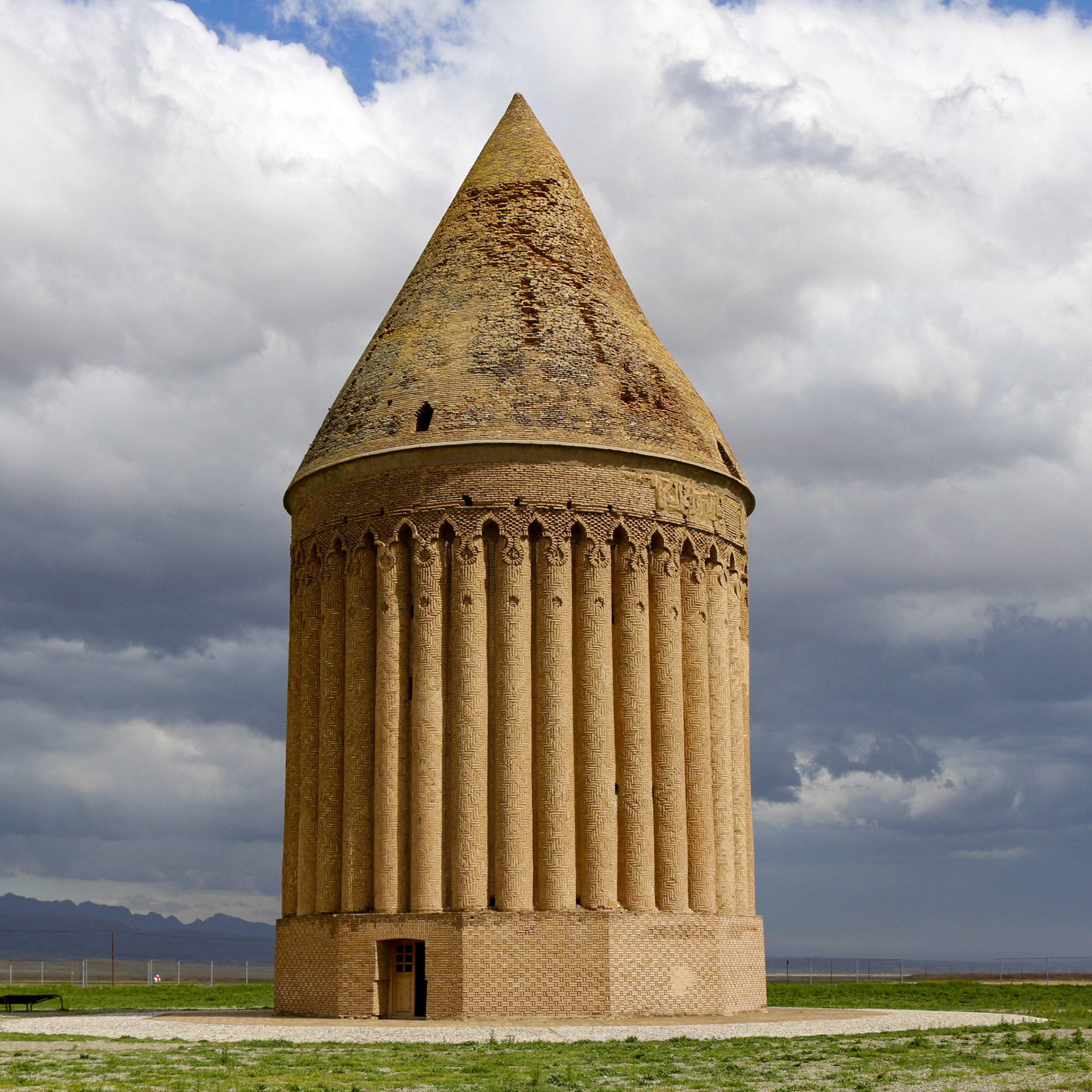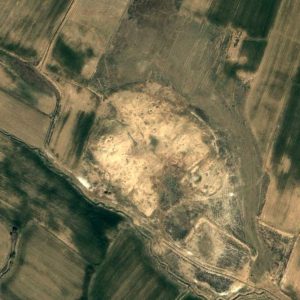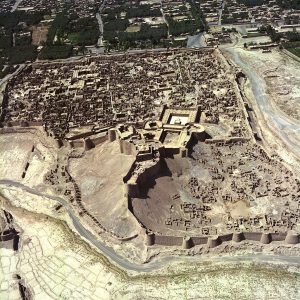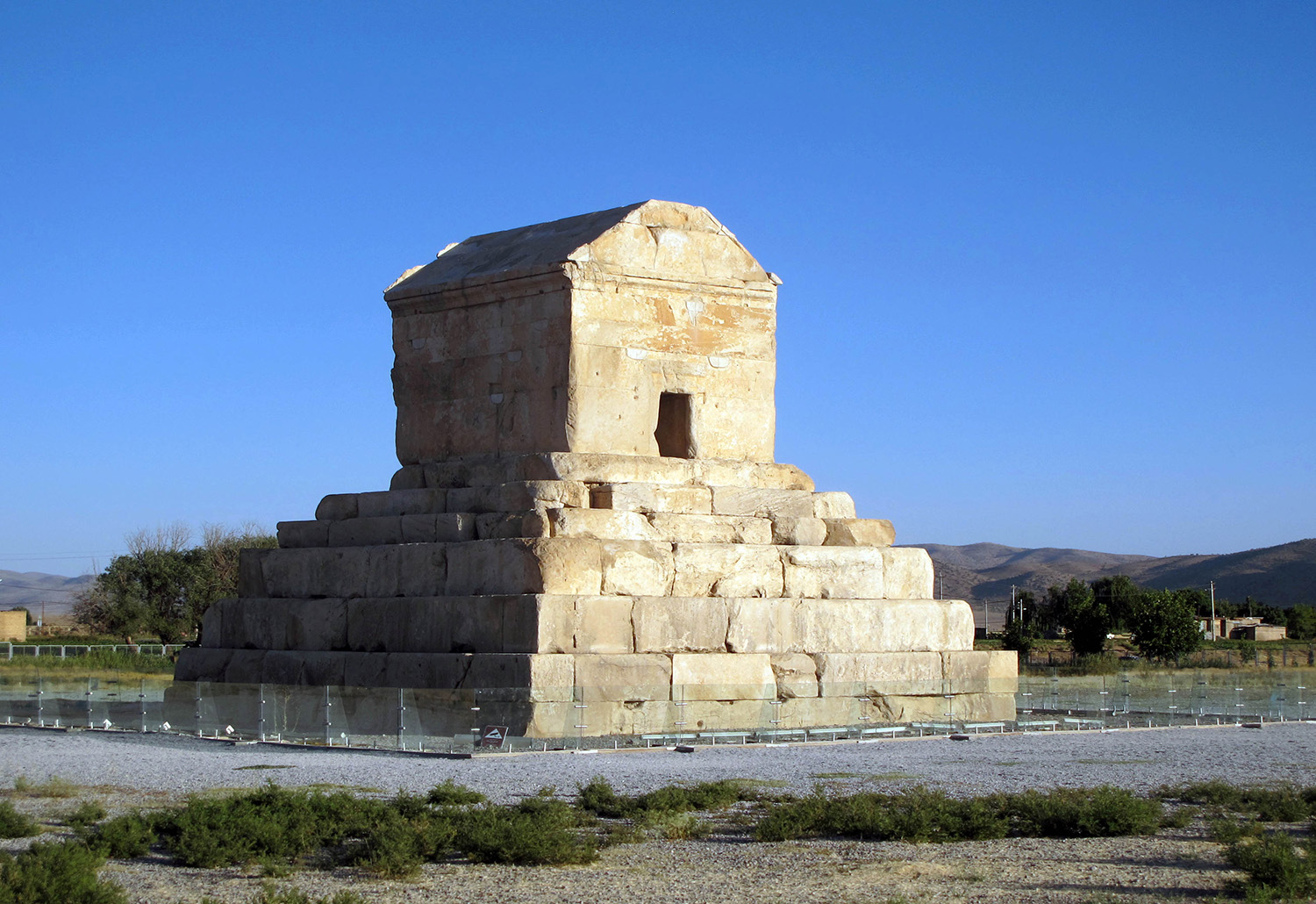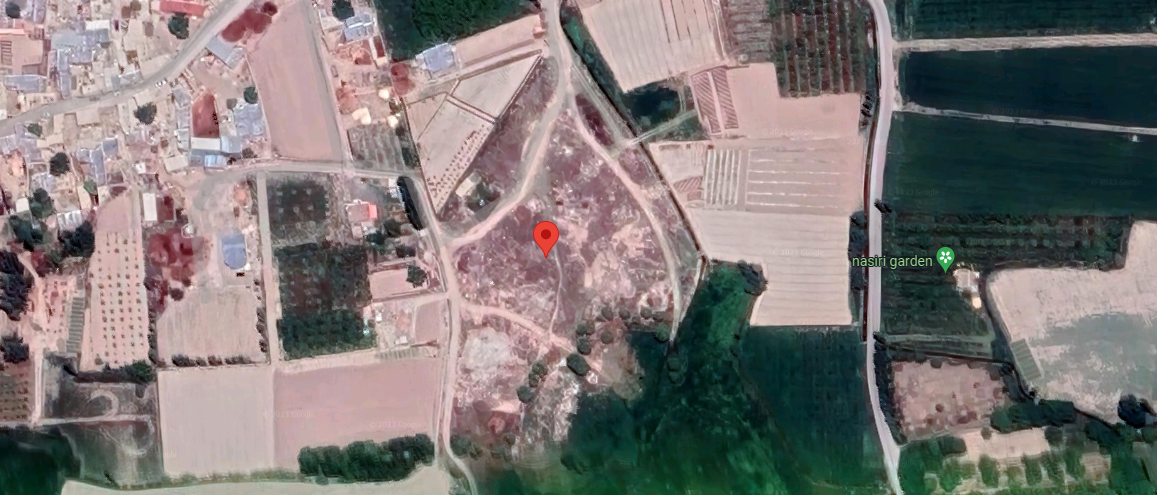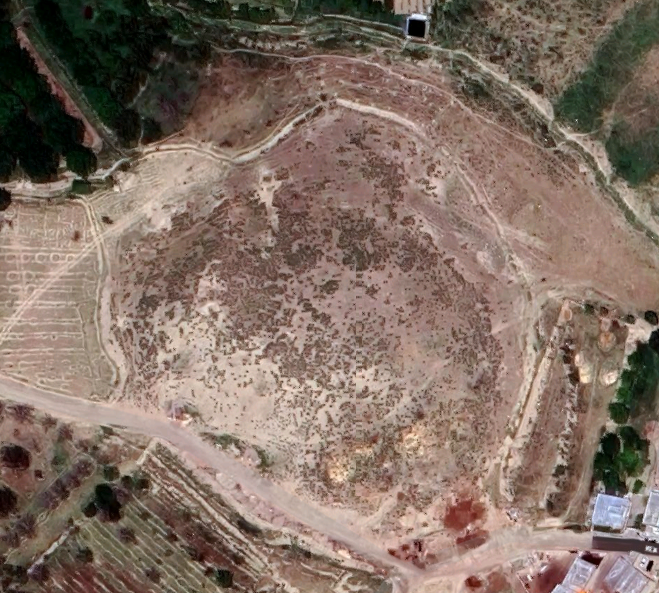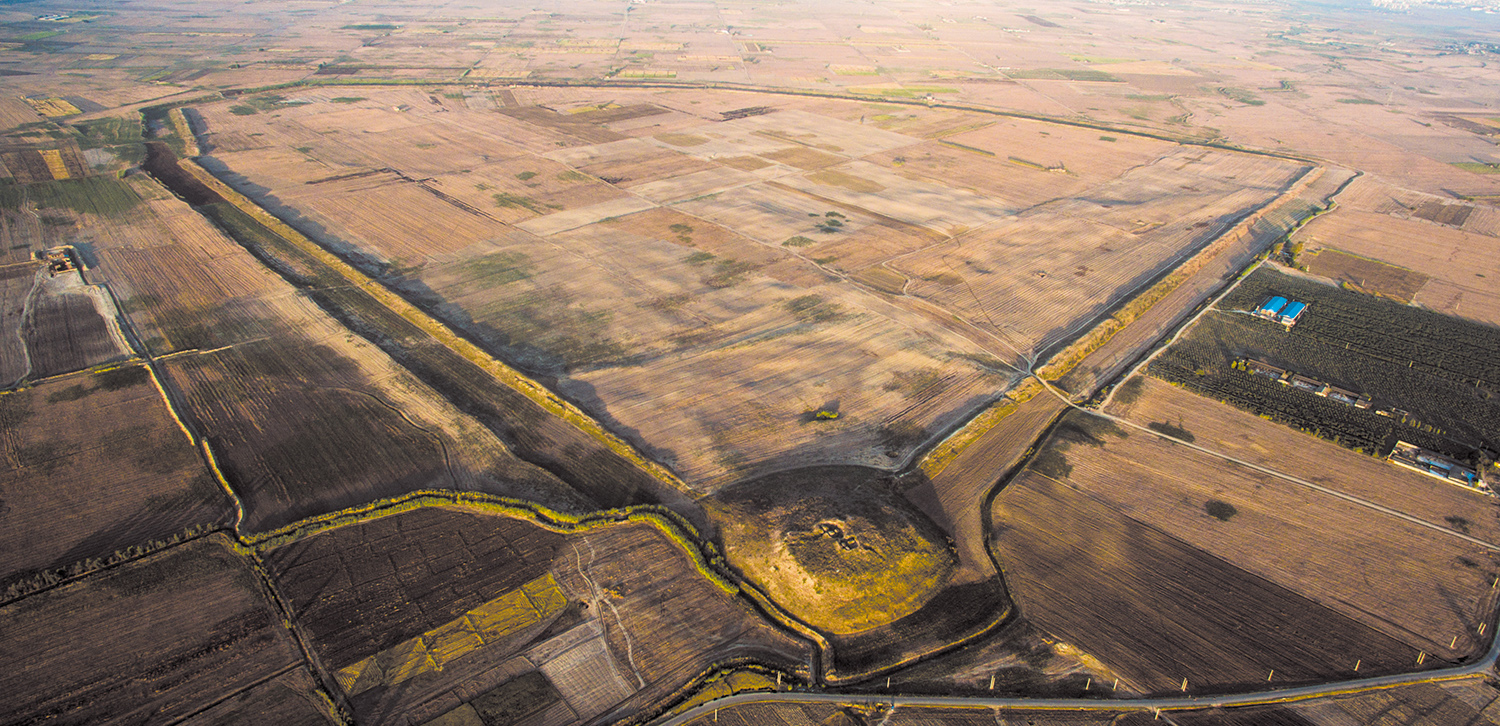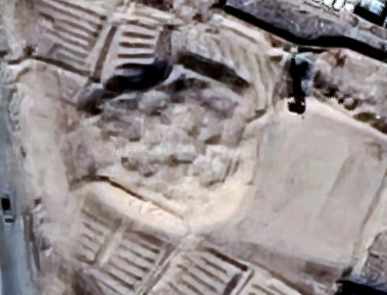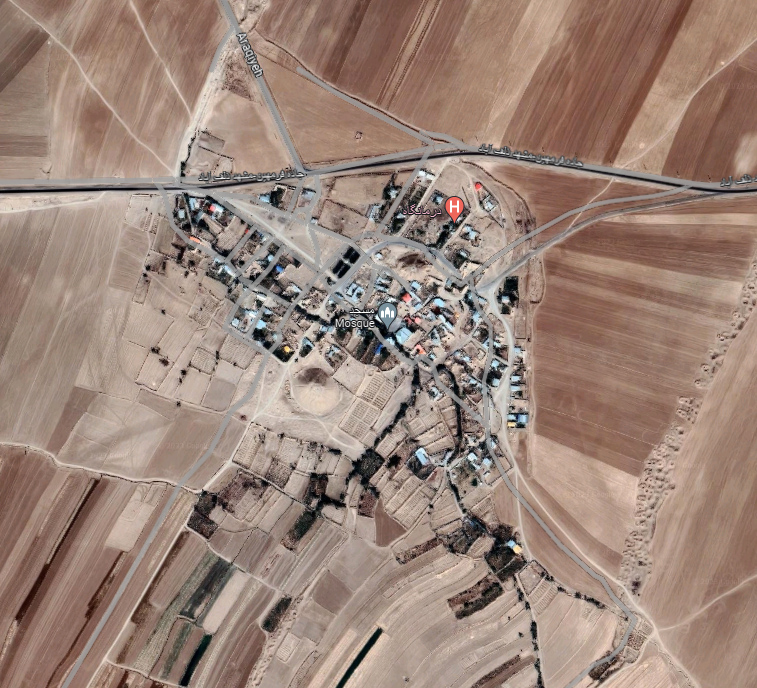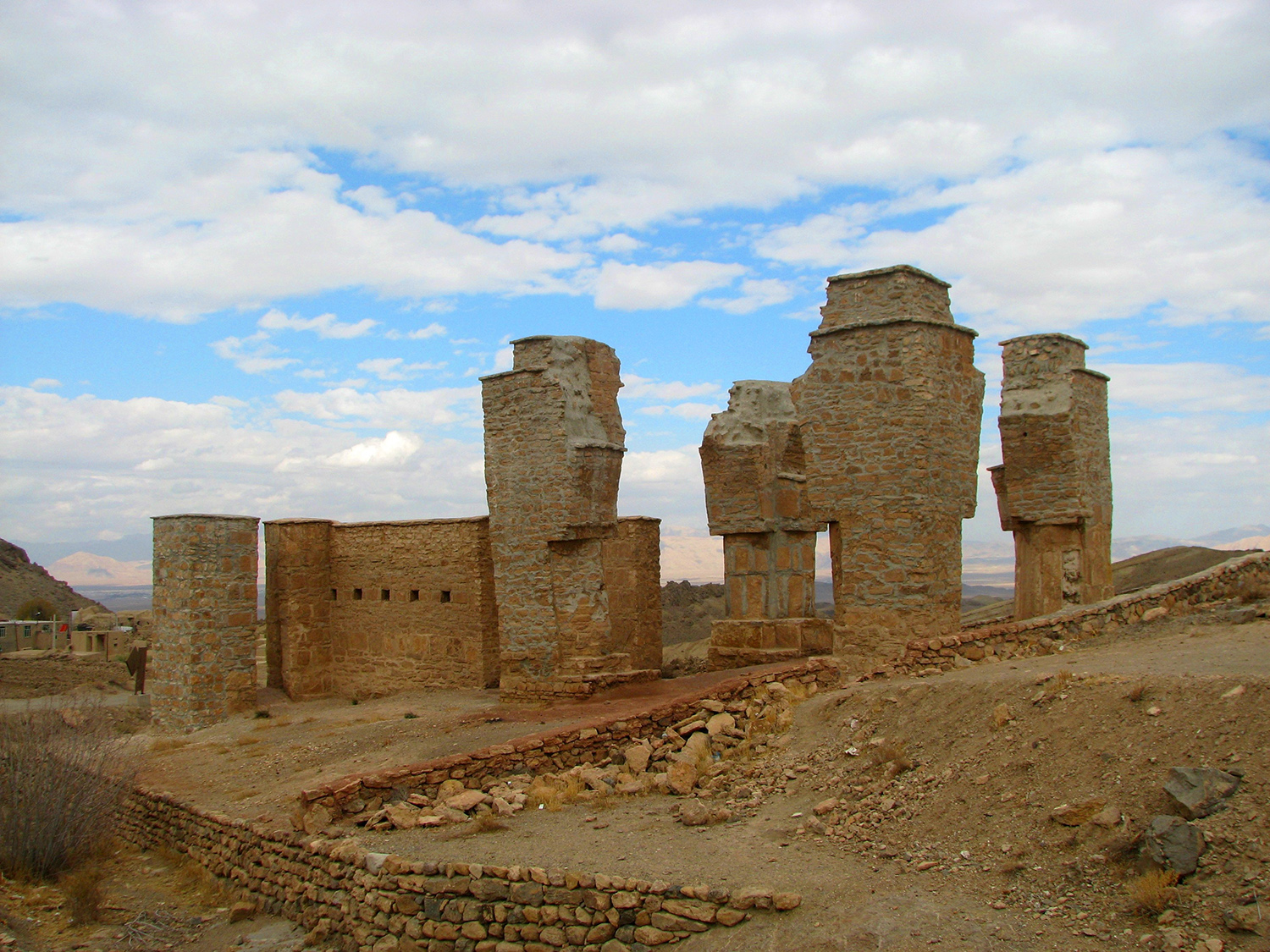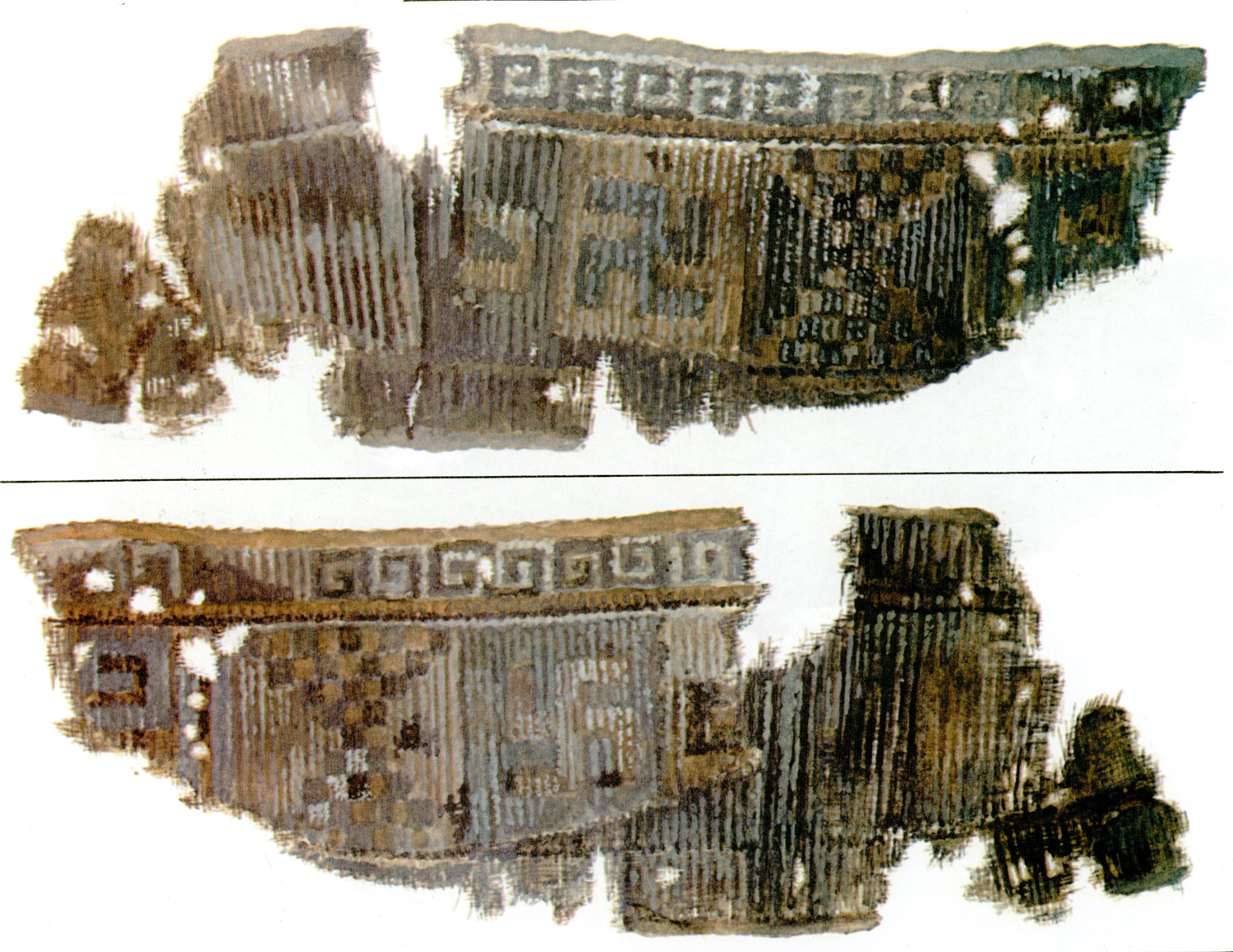Marlik / Cherāq-Ali Tepeمارلیک/چراغعلی تپه
Location: The site of Marlik or Cherāq-Ali Tepe is located on the east side of the Sefid Rud in northern Iran, Gilan Province.
36°51’14.8″N 49°29’49.4″E
Map
Historical Period
Iron Age
History and description
The Gohar-Rud, being one of the small tributaries of the Sefid Rud, in the region of Rahmatābād, flows in a valley that is about 1 km wide and 15 km long. Marlik is located on the western side of the valley, 1.5 km from the juncture of the Gohar-Rud and the Sefid Rud. The site is 700 m to the north of the nearby village of Nesfi. It consists of a natural rocky hillock with two peaks on the summit, one on the southeastern and the other on the southwestern side of the hill (fig. 1).
Fifty-three tombs were uncovered during the controlled excavations. These tombs were more or less rectangular in shape. The tombs are formed mostly of walls of broken stone and mud mortar built between the natural outcrops of the mound. Some are roughly formed, while others show more care in their construction. The builders used the natural buff stone of the surrounding area in these constructions but a number of tombs contained slabs of a yellowish stone brought from a source near the headwaters of the Gohar Rud, 15 km to the east. This latter stone also occurs in slabs placed at the bottom of tomb 36; in addition, some of the richest tombs are built entirely of this yellowish imported stone. Three types of tombs can be distinguished based on their construction methods: 1) tombs with stone slabs laid in horizontal courses; 2) tombs built with a mixture of pieces of shale and stone slabs which were again laid in horizontal courses; 3) tombs built with heavy, roughly shaped blocks of stones. Most of the skeletons had been either disintegrated because of the soil's acidity or damaged and destroyed by clandestine diggers.
Archaeological Exploration
Ezattolah Negahban excavated at Marlik during a fourteen-month campaign in 1961-62 on behalf of the Archaeological Department of Iran.
Finds
The contents of the tombs at Marlik included vessels of gold and silver. These were found in a variety of shapes and sizes, including cups, bowls, beakers, vases, and, most typically, pots with long spouts. These consist of objects of domestic use (pottery vessels and utensils) without reference to their material (i.e. including objects in precious metals); objects of rank (mostly weapons, pieces of harness, cylinder, and stamp seals); jewelry and ornaments; symbolic objects (figurines, statuettes, standards)
Bibliography
Abdi, K., “Marlik,” Encyclopaedia Iranica Online, © Trustees of Columbia University in the City of New York. http://dx.doi.org/10.1163/2330-4804_EIRO_COM_10385
Kurochkin, G. N., “Archaoelogical Search for the Near Eastern Aryans and the Royal Cemetery of Marlin in Northern Iran, South Asian Archaeology, vol. 1, 1993, pp. 389-395.
Löw, U., “Der Friedhof von Marlik – Ein Datierungsvorschlag I,” Archaeologische Mitteilungen aus Iran, vol. 28, 1995/1996, pp. 119–161.
Löw, U., Figürlich verzierte Metallgefäße aus Nord- und Nordwestiran, Dissertation, Westfälische Wilhelms-Universität Münster, Altertumskunde des Vorderen Orients (AVO), vol. 6, Münster, 1998.
Negahban, E. O., Preliminary Report on Marlik Excavation. Gohar Rud Expedition, Rudbar, 1961-62, Tehran.
Negahban, E. O., Marlik. The Complete Excavation Report, 2 vols., Philadelphia, 1996.
Negahban, E. O., “Suggestions on the origin and background of the Marlik Culture,” Iranica Antiqua, vol. 33, Festschrift David Stronach, 1998, pp. 43-56.
Overlaet, B., “A Chieftain’s Folding Stool and the Cheragh Ali Tepe Problem,” Iranica Antiqua, vol. 30, 1995, pp. 93-122.
Piller, Ch. K., Untersuchungen zur relative Chronologie der Nekropole von Marlik, unpublished dissertation, Fakultät für Kulturwissenschaften der Ludwig-Maximilians-Universität München, 2008.
Vaḥdati, A. A., Research on the Ceremonial Aspects of Images, Figures, Motifs, and Figurines from Marlik, M.A. Dissertation, Department of Archaeology, Tehran University, 2005. (in Persian)
Vahdati, A.A., “An Assessment of the Dates Proposed for the Mārlik Cemetery,”Bāstānšenāsi, No. 2, 2006, pp. 55-64. (in Persian)
Vahdati, A. A. and Ch. K. Piller, Marlik. Glory of the Iron Age Culture of Gilan, Rasht Museum, 15-29 May 2018, exhibition catalogue, the Rasht Museum and the National Museum of Iran, Tehran, 2018.
Author: Ali Mousavi
Originally published: November 28, 2022
Last updated: January 12, 2025









